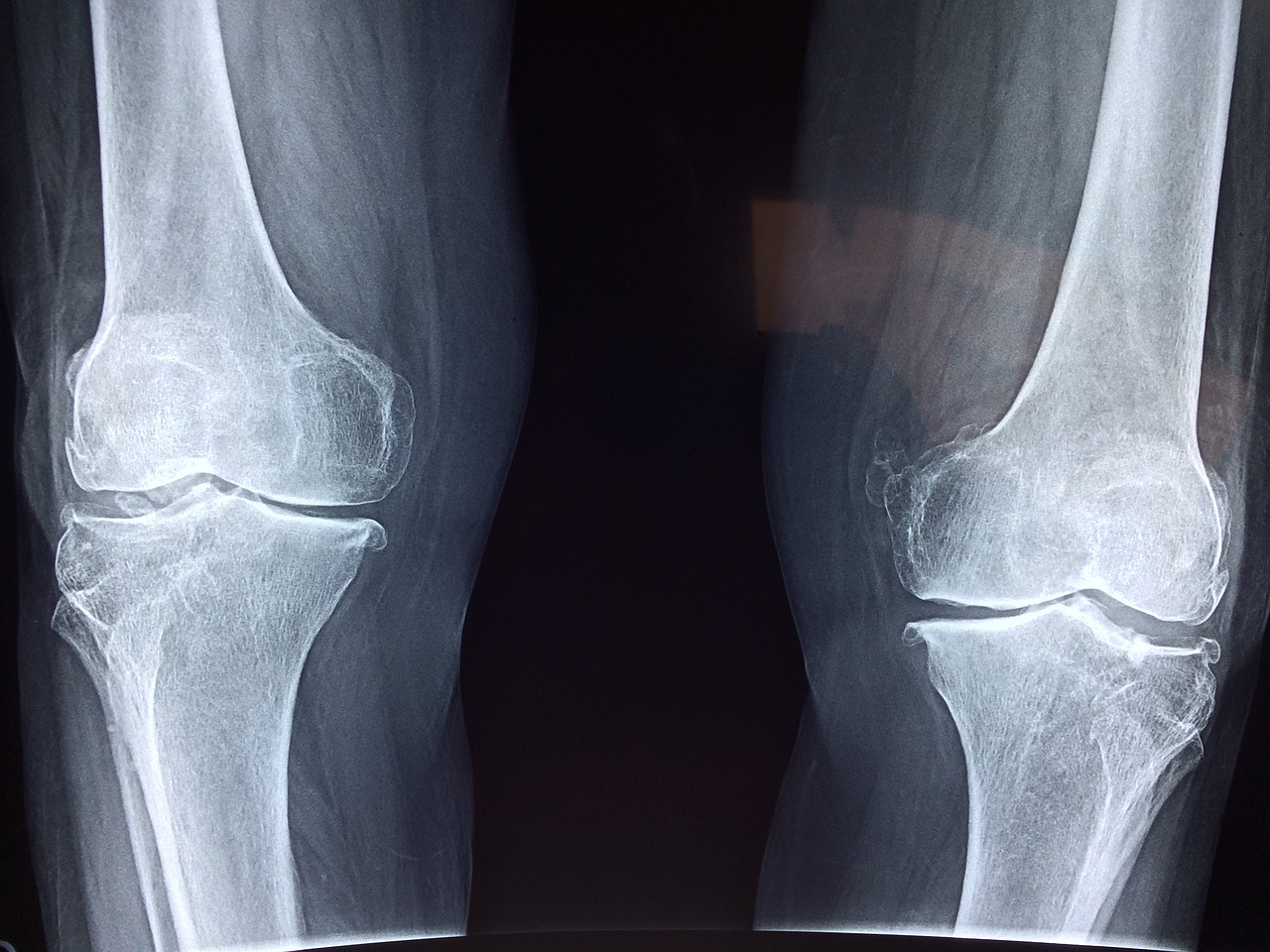Article Title:Electronic paramagnetic resonance as a tool for studying the blackening of Carrara marble due to irradiation by a Q-switched YAG laser
Abstract:
Several authors or practitioners have remarked that Q-switched lasers have an immediate blackening effect on mineral pigments such as vermilion (HgS), minium (Pb3O4), white lead [2PbCO(3)center dot Pb(OH)(2)], malachite [Cu2CO3 center dot(OH)(2)] and yellow ochre (FeOH2). A similar blackening effect can also be obtained on veined Carrara marble. This stone contains several trace elements, particularly iron and manganese. The latter is responsible for a particular response in electronic paramagnetic resonance spectroscopy (EPRS). We investigated the effect of a Q-switched Nd:YAG laser irradiation on the EPRS trace of Carrara marble. Further experiments were performed with the same analytical tool on synthetic calcite powders that had been doped with iron or manganese. It appeared that no significant change of EPRS trace could be put into evidence after laser irradiation of both bulk Carrara marble or doped calcite powders, although some samples had actually blackened. It is concluded that the blackening effect is not due to an oxidation of manganese ions. Colour measurements were also performed within the framework of this investigation. They showed that the colour shift to black is proportional to the fluence applied to the stone surface (C) 2000 Editions scientifiques et medicales Elsevier SAS
Keywords: laser; blackening; EPR; marble; trace elements
DOI: 10.1016/S1296-2074(00)00151-5
Source:JOURNAL OF CULTURAL HERITAGE
Welcome to correct the error, please contact email: humanisticspider@gmail.com



